Have you ever wondered how does a ship anchor work? and what keeps massive ships stationary in the middle of the ocean? It’s very interesting to know that how does a ship anchor work , a simple yet vital tool that has been around for thousands of years. Whether you’re on a cruise or watching a container ship dock, one thing is clear: without anchors, large ships would drift aimlessly.
In this blog post, we’ll break down the essential details of how does a ship anchor work. From understanding its components to knowing the types of anchors used on various ships, we’ll cover everything you need to know. We’ll also answer common questions like how much does a ship anchor weigh, how long is a ship anchor chain, and even explore whether container ships and cruise ships have anchors.
So, let’s go through the fascinating topic of how does a ship anchor work ?
Table of Contents
What is an Anchor on a Ship and How Does it Work?
An anchor is an essential piece of equipment used to secure a ship in place so, how does a ship anchor work ? preventing it from drifting due to factors like wind, currents, or tides. The principle behind how does a ship anchor works revolves around its weight and design, which allow it to interact with the seabed in such a way that it holds the vessel in position.
How Does a Ship Anchor Work?
How does a ship anchor work?. When a ship arrives at its destination, the crew carefully drops the anchor into the water. Once it’s released, the weight of the anchor causes it to sink to the seabed, where its sharp, hooked flukes or arms dig into the ocean floor. The flukes are specially designed to latch onto the seabed with the maximum surface area possible, providing a firm hold.
Once the anchor is firmly lodged into the sea floor, the ship’s anchor chain or anchor rope – a heavy-duty link or cable that connects the anchor to the ship – is pulled tight. The chain works as a tether, keeping the ship from drifting away. The combination of the anchor’s weight, its hooks or flukes, and the chain all work together to maintain the vessel’s position. As a result, the ship stays securely anchored, regardless of waves, tides, or wind.
The anchor’s design is critical in ensuring that it holds the vessel effectively. The sharp flukes ensure that once the anchor hits the seabed, it “bites” into the floor and locks into place, preventing the ship from moving.
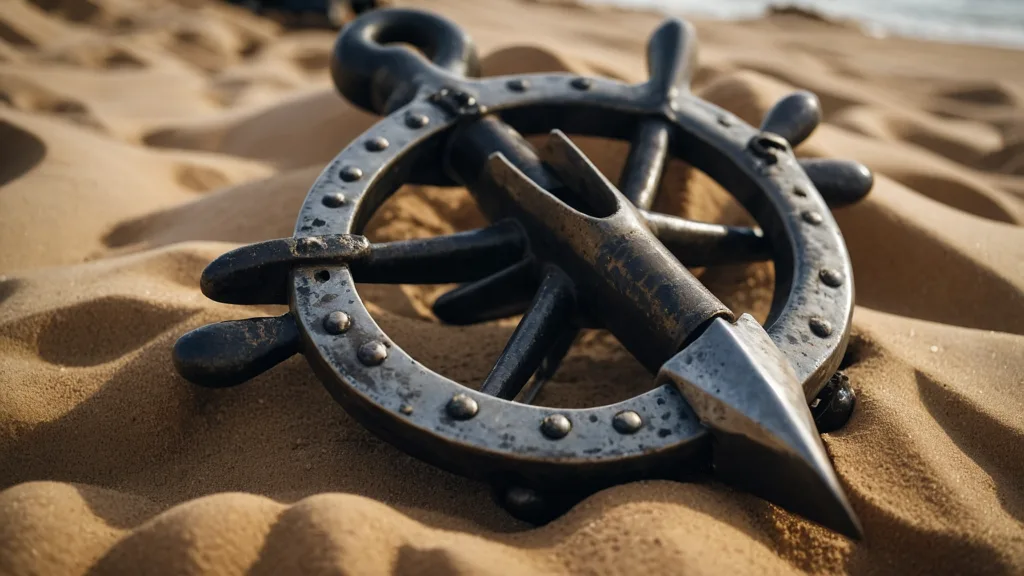
Breaking Down the Key Components of a Ship’s Anchor
To understand how does a ship anchor works, let’s break down the primary components:
Anchor Stock
This is the horizontal bar or crosspiece that forms the backbone of the anchor. It acts as a central structure, holding the flukes in place and enabling them to function effectively. The stock is typically made of strong steel to withstand the force of holding a ship in place. The shape and orientation of the stock are crucial because they allow the anchor to land properly on the seabed, ensuring the flukes can dig in efficiently.
Flukes
The flukes are the pointed arms of the anchor, which are designed to dig into the seabed. When the anchor is lowered into the water, these flukes spread out and grip the ocean floor. The larger and sharper the flukes, the better they can latch onto the seabed, preventing the ship from moving. Different types of anchors have differently shaped flukes, with some designed to hold better in soft mud or sand, while others work better in rocky or hard sea beds.
Anchor Chain
The anchor chain is a heavy-duty metal chain that connects the anchor to the ship. It serves several purposes: the weight of the chain adds additional downward force to the anchor, helping it dig deeper into the seabed. The chain is made of strong steel links to handle the immense weight of the anchor and to withstand the forces acting on it from the ship. The chain is also essential for maintaining tension, ensuring the anchor doesn’t shift or move once it’s set. The length and thickness of the anchor chain are carefully calculated based on the ship’s size and the depth of water.
Shank
The shank is the long, central part of the anchor that connects the stock and the flukes. This part of the anchor acts as the structural component that ties everything together. The shank is designed to allow the flukes to dig into the seabed while the stock provides stability and control. In some anchors, the shank also allows the anchor to rotate and position itself correctly on the seabed.
How the Ship Anchor “Bites” the Seabed
When the anchor is dropped into the water, the weight of the anchor causes it to sink straight to the bottom. How does a ship anchor work when it reaches the seabed? As it lands on the ocean floor. These flukes are often curved and sharp, which allows them to “bite” into the seabed and hold fast. The sharp edges of the flukes act like hooks, digging into the sand, mud, or even rock, depending on the type of anchor being used.
The weight of the anchor and the tension in the anchor chain helps the anchor dig even deeper. As the ship pulls against the chain, the anchor stays embedded, ensuring the ship doesn’t drift away. The deeper the anchor digs into the seabed, the stronger the grip it has. In some cases, anchors can even bury themselves several meters deep, which is especially useful in rough weather conditions.
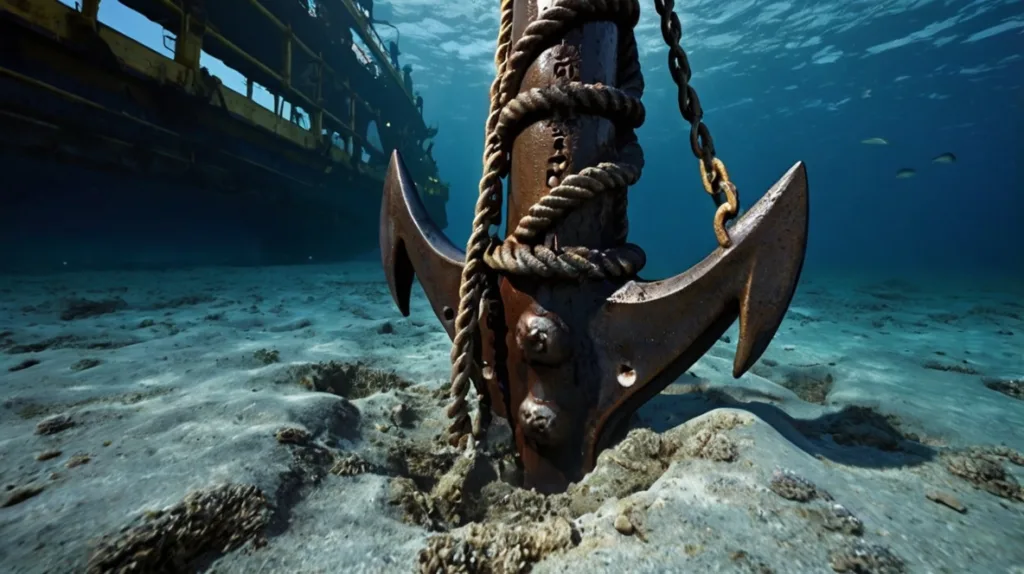
This “biting” process is crucial for keeping large ships in place. Without it, the ship would simply drift with the current, which could be dangerous, particularly in busy shipping lanes or when trying to dock.
By breaking down the anchor’s components and how it works, it becomes clear that this device is a finely tuned mechanism, essential for keeping ships safe and stationary. Whether it’s a cruise ship, container ship, or tanker, the anchor plays a critical role in ensuring that the ship remains in the right position when it’s not in motion.
Also Read: How to Install a Mooring Buoy: 5 Best Points You Must Know
How Much Does a Ship Anchor Weigh?
The weight of a ship anchor varies significantly based on the size, type, and purpose of the vessel it’s designed to secure. How does a ship anchor work in relation to the ship’s size? The anchor’s weight is directly tied to the ship’s size, with larger ships requiring heavier and stronger anchors to maintain stability and prevent drifting. Let’s break it down by ship type:
Small Yachts
For smaller vessels like yachts, the anchors are typically much lighter. These anchors may weigh as little as 15 to 25 kilograms (33 to 55 pounds). The anchor needs to be light enough for easy handling but still effective in holding the yacht in place when it’s moored. Due to the relatively small size and lighter weight of the yacht, the anchor’s primary function is to secure the vessel in calm conditions rather than in heavy storms or strong currents.
Medium-Sized Ships (Ferries, Small Cargo Ships)
Medium-sized vessels like ferries or small cargo ships require more substantial anchors to secure their larger size. These anchors generally weigh 1 to 5 tons (2,000 to 10,000 pounds). The reason these anchors are heavier is that medium-sized ships typically navigate in open water, where tides and currents can exert significant force on the vessel. These anchors are designed to provide a secure hold, preventing the ship from drifting away in such conditions.
Container Ships and Cruise Ships
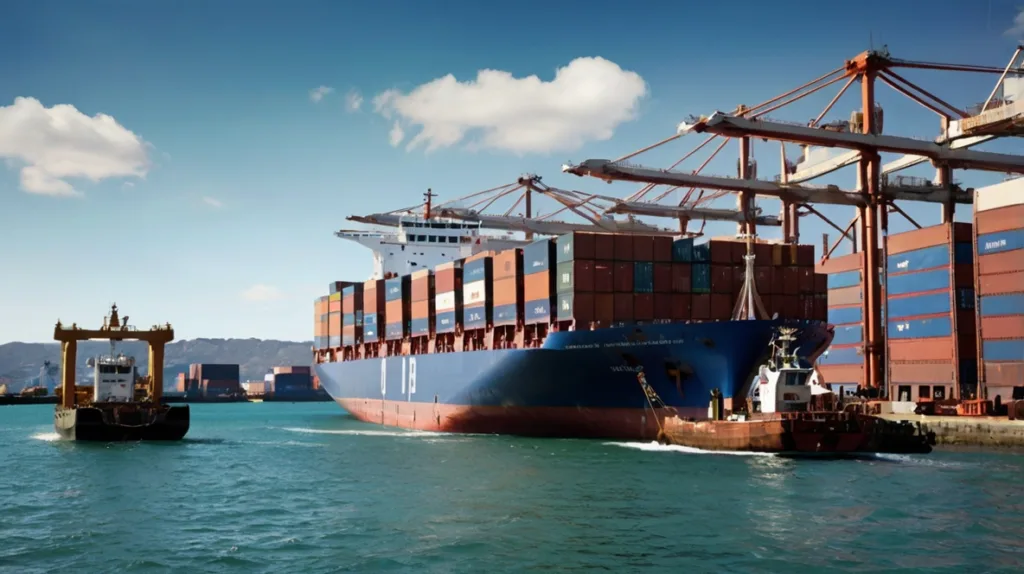
Larger commercial ships like container ships and cruise ships often rely on much more robust and heavier anchors, typically weighing anywhere from 15 to 30 tons (30,000 to 60,000 pounds). Container ships, for instance, can have anchors that are several times heavier than those on ferries, as they need to handle larger vessels that transport thousands of containers across vast distances. Likewise, cruise ships, which can be enormous in size, require strong anchors to ensure they remain stationary even in rough seas or while waiting to dock in shallow waters.
Oil Tankers and Supertankers
The largest ships in the world, such as oil tankers and supertankers, demand anchors of immense weight and size. These anchors can weigh up to 100 tons (200,000 pounds) or more! The reason for these exceptionally heavy anchors is directly related to the massive size and weight of these vessels. These ships can weigh several hundred thousand tons when fully loaded, and they need the corresponding strength of a heavy anchor to keep them stationary in open waters. In addition, the water depths and unpredictable sea conditions these ships often encounter demand robust anchors to ensure safety and stability
A larger anchor provides significantly more stability, as the additional weight helps it penetrate the seabed more effectively, ensuring the ship remains securely anchored in place. How does a ship anchor work in maintaining stability? The anchor’s flukes must also be large enough to dig into and hold the sea floor, preventing the vessel from drifting due to wind, tides, or waves. Additionally, the longer the anchor chain (which is often proportional to the anchor’s weight), the more tension it can bear, allowing for greater safety when anchoring in deeper waters or during stormy conditions.
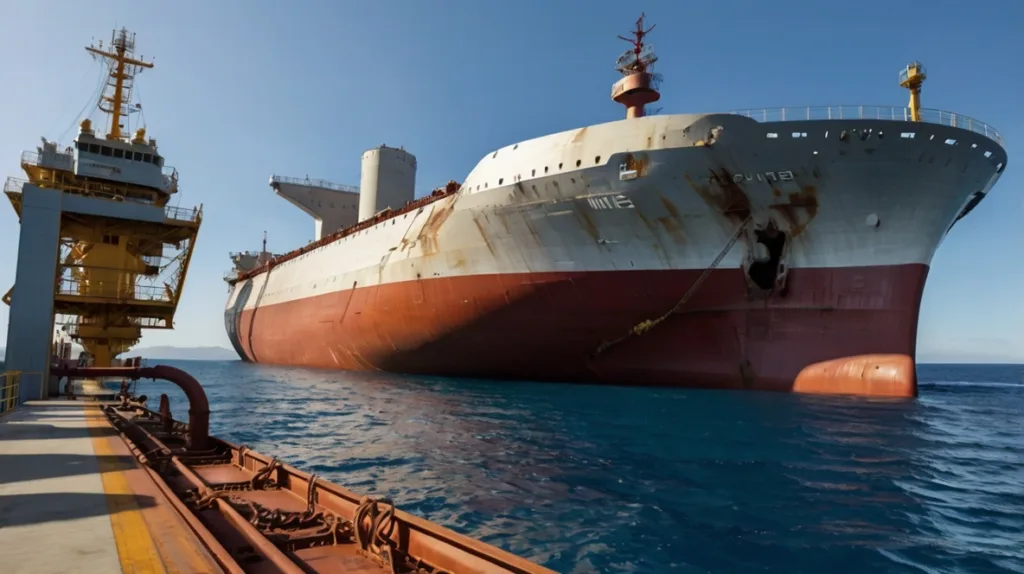
By understanding the various weights of anchors, it’s easier to appreciate how does a ship anchor work to secure larger vessels. The anchor’s weight, combined with its design, ensures that these giant vessels remain secure in the water, even in the most challenging conditions.
Do Container Ships Have Anchors?
Absolutely! Container ships, like most commercial vessels, have anchors to keep them safely in place when they are not docked at a port. These ships are massive, often weighing tens of thousands of tons, so they need a reliable system to prevent drifting when waiting for docking instructions or during bad weather.
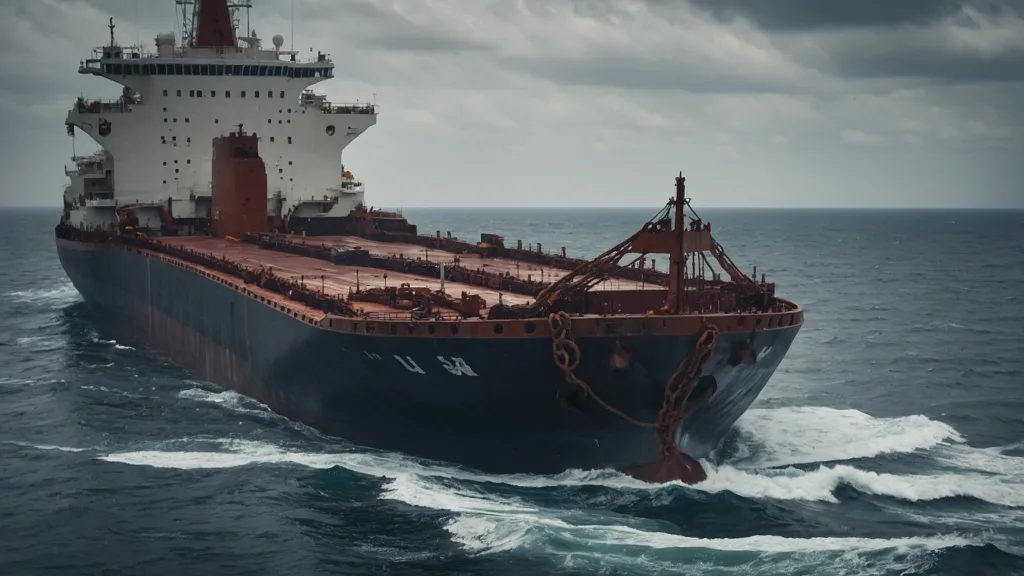
Just like cruise ships, container ships are equipped with powerful anchors that are designed to hold the vessel in place even in the roughest of seas. So, the next time you see a huge container ship on the horizon, remember: it’s not just the ship’s size that keeps it from floating away — it’s the anchor working behind the scenes!
Do Cruise Ships Have Anchors?
Yes, cruise ships definitely have anchors. Cruise ships are often located in deep waters far from the shore, and when they need to park near islands or scenic locations, they rely on their anchors.
One crucial role of an anchor on a cruise ship is to help it “anchor off” a scenic location, allowing passengers to disembark by tender boat or shore excursions. Cruise ships can anchor in places where docking isn’t possible due to shallow water or port restrictions.
Interestingly, modern cruise ships are designed with dual anchors (two anchors) for redundancy. This ensures the ship remains securely anchored, even if one anchor malfunctions.
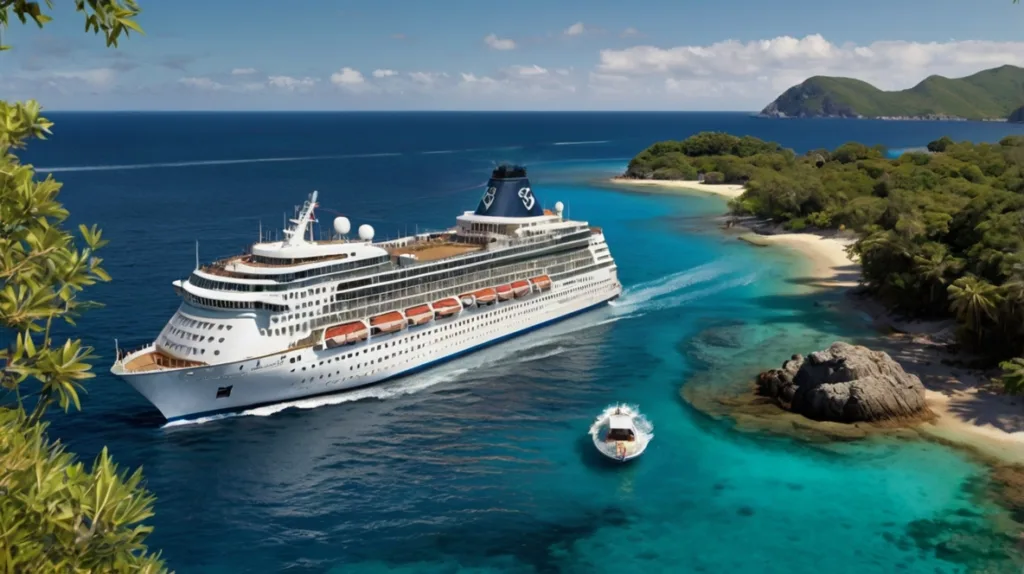
How Long is a Ship Anchor Chain?
The length of a ship’s anchor chain can be several hundred meters long, and it’s essential for keeping the anchor properly positioned. A standard rule for anchor chain length is that it should be at least 5 to 7 times the depth of the water where the ship is anchoring. So, if a ship is anchoring in 20 meters of water, the anchor chain will typically be between 100 and 140 meters long.
This length provides enough slack and ensures that the anchor is fully embedded into the seabed, allowing the ship to remain securely moored. Larger vessels, such as cargo ships or tankers, may need even longer chains due to the depth of the water they navigate.
Biggest Ship Anchor: What Does It Look Like?
The biggest ship anchors in the world are typically found on the largest oil tankers or container ships. For example, the Emma Maersk, one of the largest container ships, uses anchors that weigh more than 30 tons each.
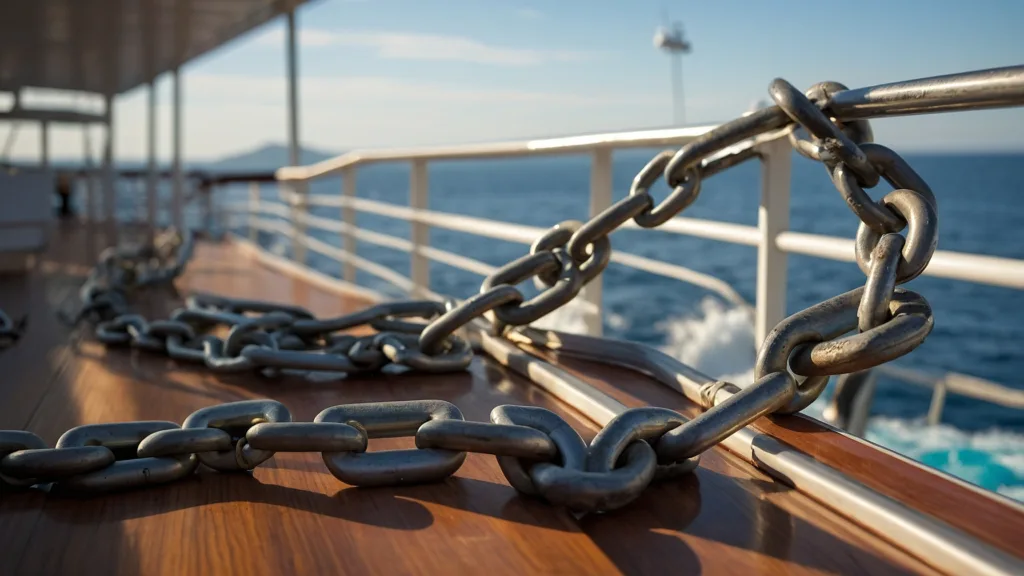
These massive anchors are designed with heavy-duty steel and have flukes that can penetrate deep into the seabed. A large anchor’s design ensures that even the heaviest ships can remain securely moored despite strong winds, waves, or tides. If you ever see images of anchor of ship pictures, you’ll notice the massive size of the anchor compared to the ship itself.
Understanding the Functionality of Anchors on Ships
Here’s a quick overview of how does a ship anchor work from start to finish:
- Approaching the location: The ship approaches its desired location, often slowing down to a stop.
- Dropping the anchor: The anchor is lowered into the water using windlass machinery, which is a motorized winch that controls the chain’s release.
- Anchor digs in: The anchor’s sharp flukes dig into the seabed, while the chain keeps it tightly connected to the ship.
- Anchored securely: Once the anchor has fully embedded itself in the sea floor, the ship is secured and stationary.
This process ensures that the ship remains in place until it’s ready to leave. The ship’s anchor works as an essential tool for maintaining safety and stability in open waters.
Also Read: What Is A Mooring Rope | What Are They Used For (Pros & Cons)?
Anchor Types | Kinds of Anchors | Different Types of Anchors
There are several types of anchors, each designed for specific conditions. The stock anchor has a long arm to dig into the seabed for maximum holding power. The plow anchor works well in various sea beds, especially soft and muddy ones. The fluke anchor, often used for smaller vessels, has wide, flat arms that penetrate sandy or muddy bottoms. The claw anchor, or Bruce anchor, sets quickly in various seabed conditions, offering reliability and versatility. Deadweight anchors are heavy and rely on their own weight to secure the ship, typically used for larger vessels or in situations where other types are ineffective.
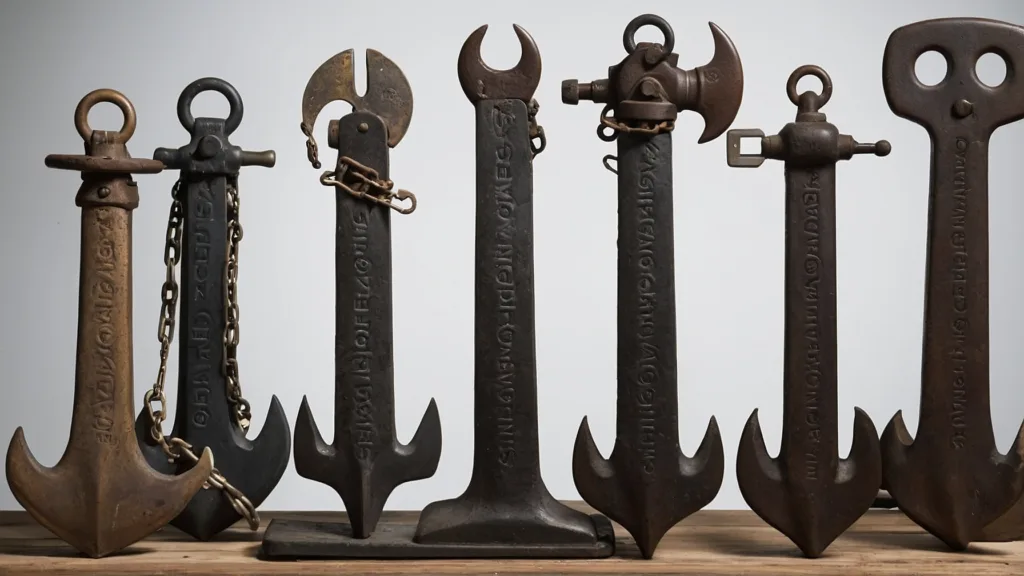
Conclusion: Why Anchors are Crucial for Ships
From how does a ship anchor work to understanding the weight of the anchor and chain length, anchors are essential tools for maintaining stability and safety in the open sea. Whether it’s a container ship, a cruise ship, or an oil tanker, every large vessel relies on these heavy, robust pieces of equipment to stay secure in place.
By now, you should have a clearer understanding of ship anchors, their importance, and how does a ship anchor work. If you’ve ever wondered about the impressive size of an anchor or how ships stay in place despite rough seas, you now know that it’s all about the anchor’s weight, design, and the anchor chain’s length.
Next time you see a ship, whether at port or on the horizon, you’ll have a deeper appreciation for the anchor that keeps it steady!
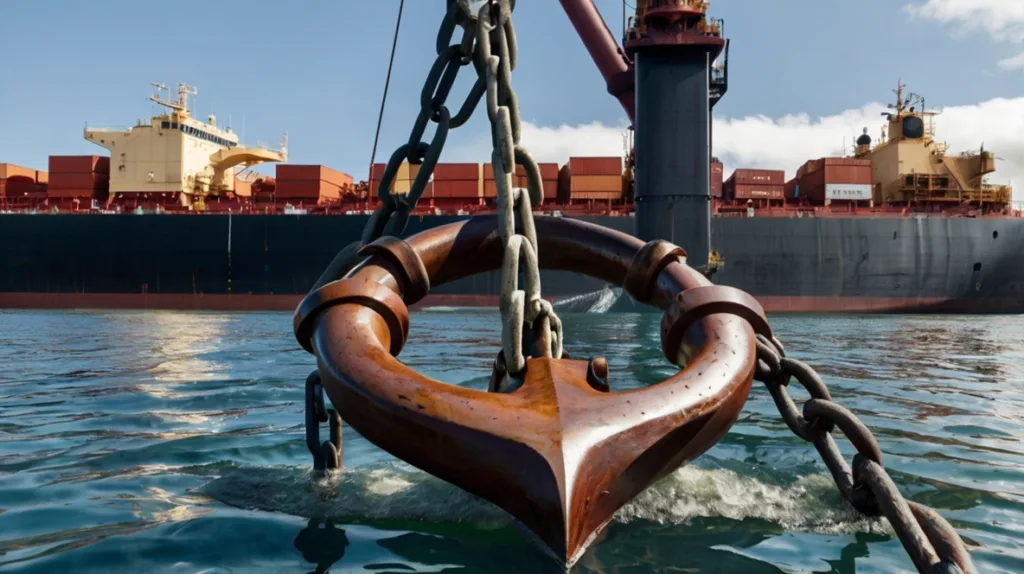
Key Takeaways
- How does a ship anchor work? Anchors are crucial for preventing ships from drifting.
- The weight of a ship anchor can range from 15 tons on smaller vessels to over 100 tons on massive tankers.
- Ships, including container ships and cruise ships, use powerful anchors to stay in position.
- The length of a ship’s anchor chain is usually 5 to 7 times the depth of the water.
- The biggest anchors can weigh over 30 tons and are used on the largest vessels.
FAQS
Do ship anchors touch the ocean floor?
Yes, ship anchors do touch the ocean floor. They are designed to sink into the seabed, providing a secure hold to prevent the ship from drifting due to wind or currents.
What happens if the anchor doesn’t reach the bottom?
If the anchor doesn’t reach the bottom, it won’t be able to secure the ship properly. As a result, the vessel may drift due to wind or currents, leading to a potential loss of control or collision. This can happen if the water is too deep for the anchor’s chain or line length, or if the anchor is not properly deployed.
Can a ship lose its anchor?
Yes, a ship can lose its anchor. This can happen if the anchor becomes dislodged due to strong currents, rough seas, or improper anchoring. Additionally, the anchor may break free if the chain or cable is not properly secured, or if it’s not heavy enough to hold in challenging seabed conditions. In some cases, mechanical failure or damage to the anchor during retrieval can also lead to losing it.
Can a ship have two anchors?
Yes, a ship can have two anchors. In fact, it’s common practice for larger vessels to carry two anchors, especially in situations where extra stability is needed. Using two anchors can provide added security by ensuring the ship remains in place if one anchor fails or drags. The anchors are typically deployed at different angles to minimize the risk of dragging and to help hold the ship in position, particularly in challenging conditions like strong currents or wind.
What happens if a ship’s anchor gets stuck?
If a ship’s anchor gets stuck, it can create a serious problem, as the vessel may not be able to retrieve it and could remain immobile. This often occurs when the anchor becomes entangled in underwater obstacles like rocks, wrecks, or other debris. In such cases, the ship may need to perform a “kedge” operation, using another anchor or vessel to help free the stuck anchor. Sometimes, a diver may be sent down to assess and possibly free the anchor. If the anchor remains stuck for a prolonged period, it may need to be cut loose or replaced, depending on the severity of the situation.
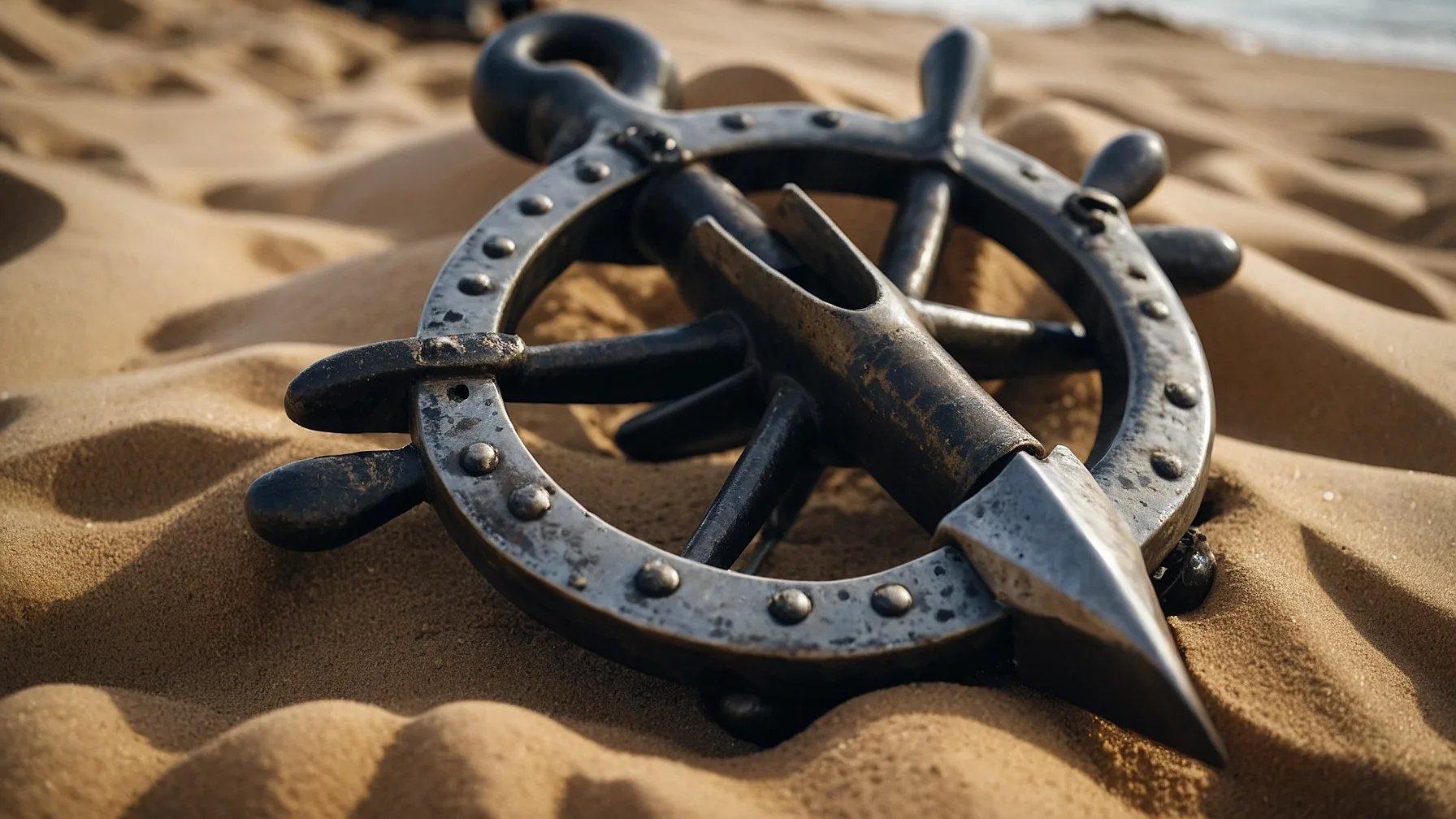


2 Comments